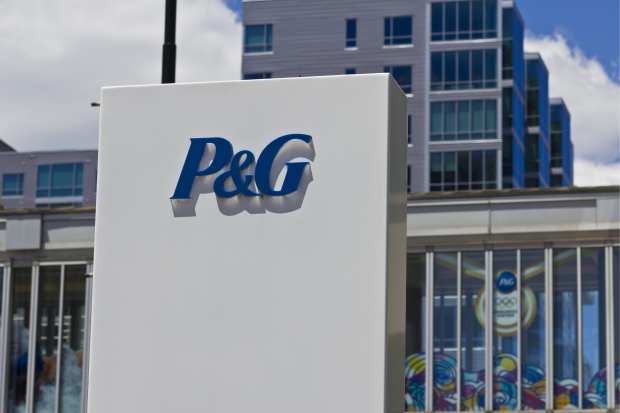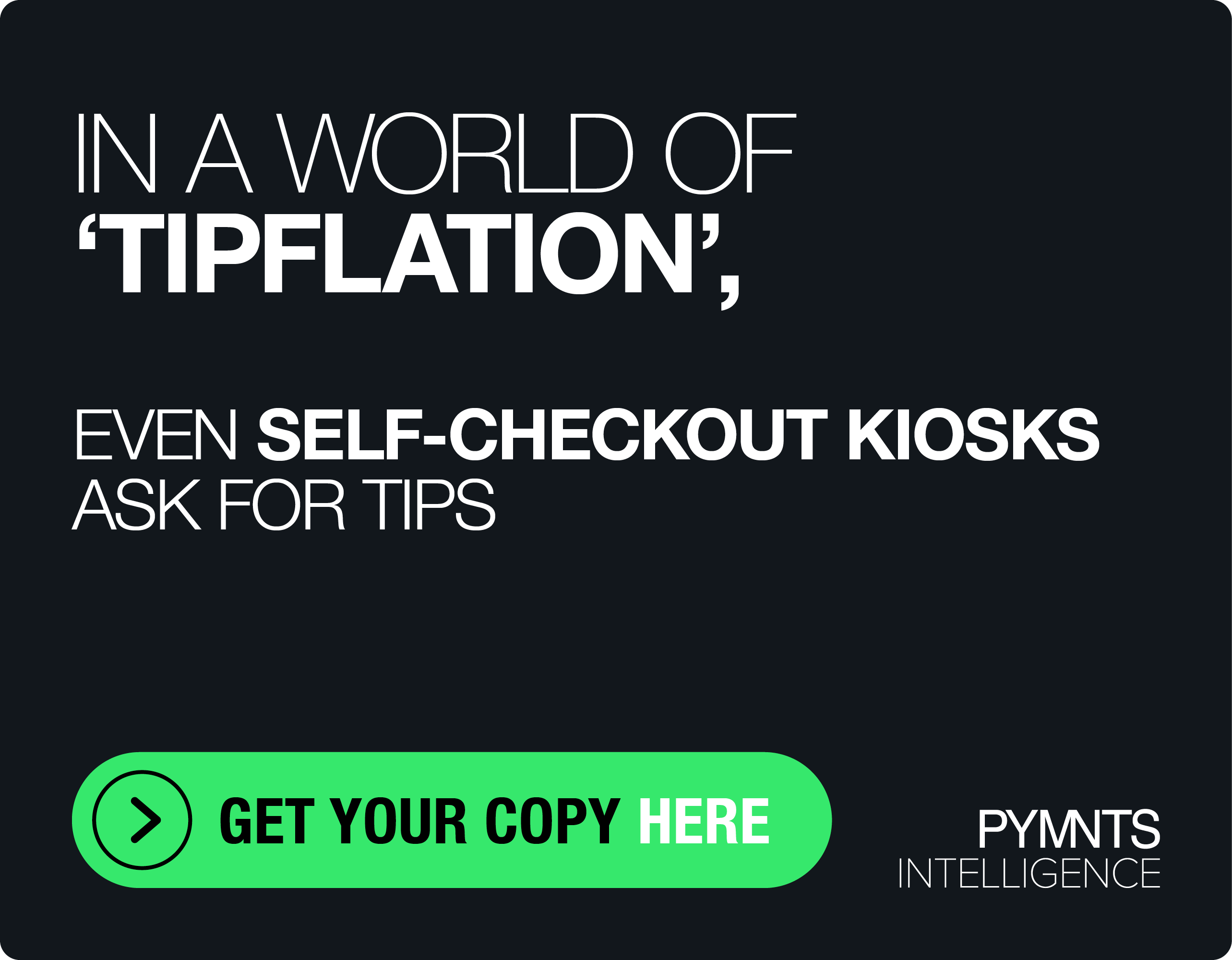CPG CFOs Picking Their Battles in Inflation Fight

What’s on the minds of chief financial officers (CFOs) in the gargantuan consumer packaged goods (CPG) industry reflects general trends impacting the economy at large, so observers in every sector are well advised to take note.
Despite experiencing a slowdown in growth over recent years, the industry is still one of the largest sectors in North America, valued at about $2 trillion, about 10% of gross domestic product, led by well-established companies like Coca-Cola, Procter & Gamble, and L’Oréal.
Procter & Gamble CFO Andre Schulten said CPG companies are now coming up against challenges beyond their control, from supply chain issues to skyrocketing inflation. In this difficult environment, it is even more important for them to optimize in places where they do have control.
In the company’s fiscal fourth quarter earnings call last month, P&G noted that it was leveraging digital technologies to boost both its internal efficiency and its ability to attract consumers. Schulten noted that more than half the company’s advertising is via digital channels, a shift that can be beneficial to the company, considering consumers’ increasing preference for eCommerce.
As is the case for all companies in the sector, brand marketing is an enormous cost factor, and thus presents commensurate cost-cutting opportunities to offset commodity and other cost increases.
According to Schulten, P&G intends to maintain its advertising spend as a percentage of sales but is committed to driving better return on advertising spend through improvements in efficiency and effectiveness.
“We believe there are significant productivity improvements still within the media spend — the shift into digital media facilitates improved targeting capability with first-party audiences in our direct and indirect (ad agency) spend.”
Inflation
The company continues to experience cost increases in commodities as well as freight costs.
“Input costs have risen sharply. Current spot prices for materials such as resins, chemicals and other ingredients are up from 30% to 200% vs. April 2020,” Schulten said. “Freight costs have also increased substantially based on supply and demand for trucks and drivers, and diesel fuel prices are up 35% (in calendar 2022).”
Schulten remains convinced that these cost spikes relate to lingering impacts of the pandemic.
Schulten said P&G will offset these cost increases to maintain margins and profitability through a combination of price increases and cost efficiencies. The mix will vary based on both category and geographic market area. The U.S. and China are its largest and most profitable markets, he said.
According to Schulten, the company doesn’t forecast significant currency weakness or commodity cost increases, additional geopolitical disruptions, major production stoppages or store closures.
For all PYMNTS B2B coverage, subscribe to the daily B2B Newsletter.
